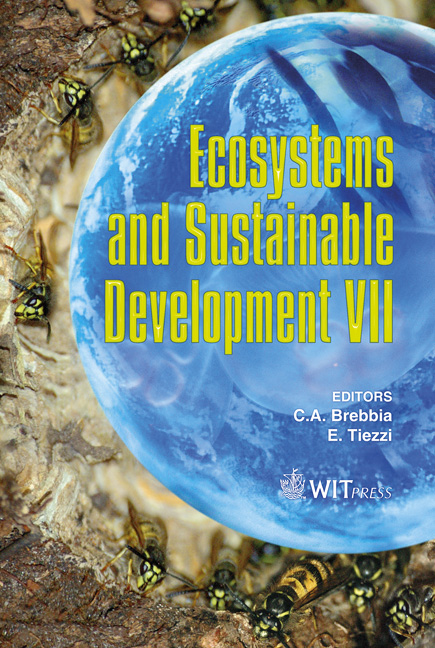Ecosystem Services: A Means To Diffuse Political Land Use Decisions In Peri-urban Regions
Price
Free (open access)
Transaction
Volume
122
Pages
13
Page Range
279 - 291
Published
2009
Size
554 kb
Paper DOI
10.2495/ECO090271
Copyright
WIT Press
Author(s)
J. A. Williams & P. V. Martin
Abstract
Research undertaken to advance sustainable land-use in peri-urban Australia has identified the need for greater innovation in natural resource management (NRM). This requires moving from an overly regulation-dependent resource management system to an environmental market system. Under current arrangements, continued resource depletion and degradation; institutional barriers to innovative solutions, and high transaction costs in affecting change are all evident. An environmental markets policy approach would shift emphasis to a market economy and facilitate commercial innovation in the use and conservation of resources. This requires first that the environmental goods and services (or commodities) be clearly identified; and second a market structure to enable trade. Martin et al (Concepts for private sector funded conservation using tax effective instruments Land and Water Australia, Canberra 2007) have proposed a business model for natural resource markets using a multi-attribute, low transaction cost environmental market structure. However to develop such a model requires a consistent methodology and classification system to identify ecosystem services as viable commodities, for ‘marketizing’ these multiple values. A conceptual framework for identifying and valuing ecosystem services is presented using Western Sydney as a case study. The paper also argues that a science informed rather than a science led process may be a more realistic ambition for natural resource management in peri-urban Australia. Keywords: natural resource management, ecosystem services, political economy, market based systems, transaction costs, innovation.
Keywords
natural resource management, ecosystem services, political economy, market based systems, transaction costs, innovation





